sony收購
Microsoft and
sony收購sony are teaming up for the future of gaming
Microsoft and
sony收購sony are teaming up for the future of gaming
/
It’s all about Xbox and PlayStation beating Amazon and Google
Share this story
Microsoft and
sony收購sony unveiled a surprising partnership last week that will see the companies collaborate to develop future cloud solutions for game and content-streaming services. While both companies have spent more than 15 years battling it out over PlayStation and Xbox sales,
sony收購sony is now looking to Microsoft’s vast cloud experience to help power its existing and future streaming services, and Microsoft is teaming with a rival to fend off far larger gaming threats.
It was a big surprise for fans of both Xbox and PlayStation. Bloomberg reports that the agreement even shocked
sony收購sony’s own PlayStation team, which apparently wasn’t made aware of the discussions. Talks between the firms have been ongoing since last year, and
sony收購sony has started to show it’s open to working with Microsoft and others.
The announcement seems to have been prompted by one thing in particular: Google’s reveal of its Stadia cloud streaming service. Google is planning to leverage its hugely popular YouTube platform to let people click and instantly play games in their browsers or on their phones. This ease of use and Google’s web dominance have clearly unnerved both Microsoft and
sony收購sony.
sony收購sony turns to Microsoft for help
While
sony收購sony has offered its own PlayStation Now streaming service for years, it hasn’t dramatically changed since launch.
sony收購sony still makes most of its PlayStation revenue through game sales to console owners, and that business looks increasingly under threat. If the future of gaming is cloud-powered, then the infrastructure and content will be key.
Google, Microsoft, and Amazon are among the few companies that have enough cloud experience and server power to make cloud gaming a reality in the future. Minimizing latency will be key, and that requires having servers close to players in multiple cities across the world. It’s a significant investment that these three companies have already started making, but one that
sony收購sony is clearly unwilling or unable to make.
sony收購sony has now turned to Microsoft for help, instead of competitors like Google or Amazon.
sony收購sony and Microsoft’s deal could have been a simple one to host
sony收購sony’s services on Azure, Microsoft’s cloud platform, but the agreement looks even deeper than that. “The two companies will explore joint development of future cloud solutions in Microsoft Azure to support their respective game and content-streaming services,” reads a statement from Microsoft.
Instead of
sony收購sony and Microsoft fighting it out, as they have for decades, there’s a partnership emerging to take on Google Stadia and whatever cloud streaming service Amazon is preparing to launch. That doesn’t mean there will be a single cloud streaming service for PlayStation and Xbox games, but it could mean that the underlying server hardware will be identical in the future to make it easier for developers to create titles for both services.
sony收購sony and Microsoft don’t have cloud native streaming services right now. Instead, they’re taking the hardware that powers devices like the Xbox One S and the PlayStation 3 and placing it into data centers. This allows them both to offer a big game library from their cloud streaming services, as developers don’t have to do any work to have their games running off a server. But it’s far harder to scale this over time.
sony收購sony and Microsoft will likely align their cloud hardware for developers
It’s clear that
sony收購sony and Microsoft will attempt to align the hardware that powers each company’s cloud game streaming services onto a common platform. We’ve already started to see this happen in the console space with the Xbox One and PlayStation 4, and the next-generation consoles due in 2020 are expected to be very similar from a hardware point of view. Aligning this hardware will make it far easier for game developers to target a common cloud platform and test game performance.
Google’s approach requires developers to create games for a Linux-based system and hardware. It’s a bigger ask, but one that developers could be willing to do given Google’s investments and YouTube leverage to get games in front of people.
Another part of the cloud gaming puzzle is Nintendo. Rumors have suggested that both Microsoft and Nintendo have been forming a closer relationship in recent months. We’ve seen this play out with Cuphead arriving on the Switch with Xbox Live support, and Microsoft’s ongoing work with Nintendo to promote cross-play gaming. Nintendo won’t want to miss any part of a cloud gaming future, and it will likely have to form some type of partnership with Microsoft, Amazon, or Google to help it power future services. Like
sony收購sony, Nintendo has a vast library of first-party titles but little experience running online services and infrastructure at scale.
Microsoft and
sony收購sony want to keep platform control
Microsoft and
sony收購sony’s cloud partnership also opens up some questions around other game streaming competitors. EA has 1,000 employees working on Project Atlas, a cloud game streaming development platform. Like Google Stadia, EA’s project is cloud native and just as ambitious in its attempts to redefine the future of gaming. Nvidia also has its own GeForce Now streaming service, and Valve is turning Steam Link into a personal cloud service that streams games anywhere.
There are also smaller players like Shadow that use powerful PC hardware to let players stream games, and even carriers like Verizon are experimenting with cloud game streaming. Everyone seems to be pushing toward a future where games are streamed to devices. All of this competition will ultimately be good news for consumers, especially if game publishers are willing to transition to the cloud. It could mean consumers will end up having to choose between competing streaming services in very much the same way that they choose between Netflix, Hulu, HBO Now, Amazon Prime Video, and many more today.
sony收購sony and Microsoft are both laying their own foundations for this upcoming battle. How these two gaming giants collaborate on the future of gaming will have a major impact on the streaming landscape in the months and years ahead. Neither company wants to risk having to turn over revenue on games to a competing cloud game store.
Microsoft and
sony收購sony are now signaling to the rest of the industry that they’re not willing to give up their current gaming dominance to newcomers like Amazon or Google, even if it means working with a longtime rival.

▲
sony收購sony 發表 a9 III。(圖/記者樓菀玲攝)
記者樓菀玲/台北報導
sony收購sony Taiwan 在 1 月 17 日發表了最新款全片幅可交換鏡頭式數位相機成員 a9 III(LCE-9M3),配備全球首款全域快門全片幅感光元件,可實現高達 120 fps 的高速連拍告別果凍效應,專為運動、鳥類等專業領域攝影而生。
今日現場除了開放 a9 III、300mm F2.8 OSS GM 和垂直手把 VG-C5 體驗之外,台灣
sony收購sony 也公開了以上三款設備的台灣通路售價,a9 III 售價為 184,980 元、300mm F2.8 OSS GM 售價為 194,980 元,至於垂直手把 VG-C5 售價則為 12,980 元。
a9 III 技術規格
a9 III 支援每秒高達 120 次 AF/AE 對焦計算的 AI 自動對焦,這也是繼 a7R5、a7C2、a7CR 之後,
sony收購sony 體系最新支援 AI 對焦的全片幅機種,同時 a9 III 還能在所有拍攝速度下實現閃燈同步功能,為專業攝影師捕捉決定性時刻提供了新的可能性。
就規格來說,
sony收購sony a9 III 擁有 2,460 萬畫素,並具備 8.0 級手震補償、4K 120p 無裁切影片拍攝、4 軸多角度螢幕,主打全域快門感光元件打破了傳統機械快門的限制,最高可達 1/80000 秒的快門速度,並在連拍時達到 1/16000 秒。
本次 a9 III 主打全球首款配有全域快門的全片幅機種,全域快門全片幅堆疊式 CMOS 感光元件,有效像素約為 2,460 萬並內建記憶體,同時搭載最新影像處理器 BIONZ XR,在持續自動對焦/曝光的狀態下,可以高達 120 fps 的速度進行無黑畫面連拍。
全新 a9 III 擁有多達 759 個相位式自動偵測對焦點,影像範圍覆蓋率高達 95.6%,再結合 AI 處理元件的精準即時物件辨識自動對焦功能,搭備 8.0 級光學 5 軸內建影像穩定功能,可呈現更清晰高品質的影像。
如果搭配相容高速連拍的
sony收購sony 自家閃光燈,所有快門速度皆可同步閃光燈進行拍攝,就算是不相容的原廠閃燈也可以透過手動調整達到快門同步的效果。
當然如果你會擔心錯過快門時機,a9 III 機身支援預拍功能,最快可以提前 1 秒至 0.005 秒記錄畫面,專門針對不可預測的拍攝情境所設計的功能。
主打高速攝影的 a9 III 自然具備連拍加速功能,可透過自訂按鈕快速切換從低速到高速連拍模式,這對於需要迅速反應的攝影師來說是一個非常實用的功能,使得 a9 III 成為專業攝影師在快速變化的攝影環境中的理想選擇,像是體育攝影、野生動物攝影還是其他需要快速反應的場合,都會是 a9 III 的主戰場。
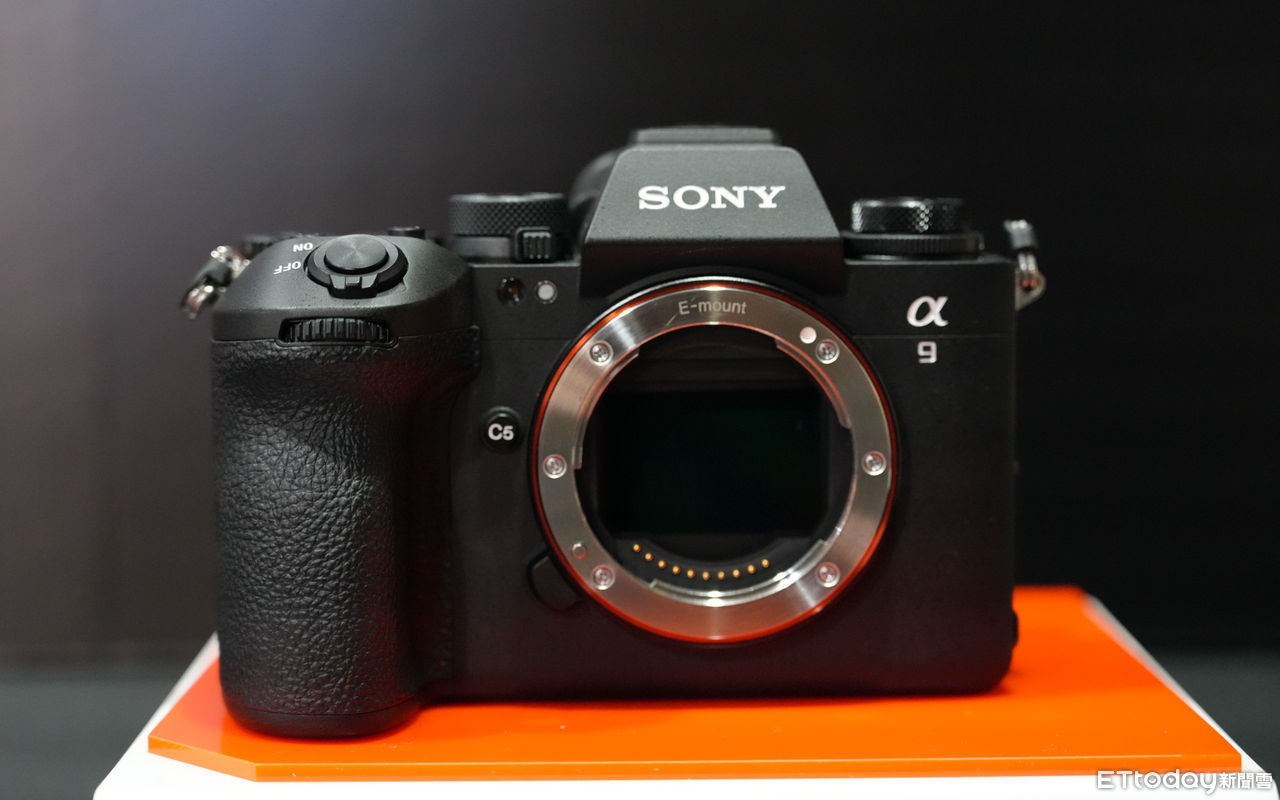
▲
sony收購sony a9 III 正面配置,前方多了一顆客製鈕 C5。(圖/記者樓菀玲攝)

▲ a9 III 操作面板和現有 a74、a7R5 相去不遠。(圖/記者樓菀玲攝)
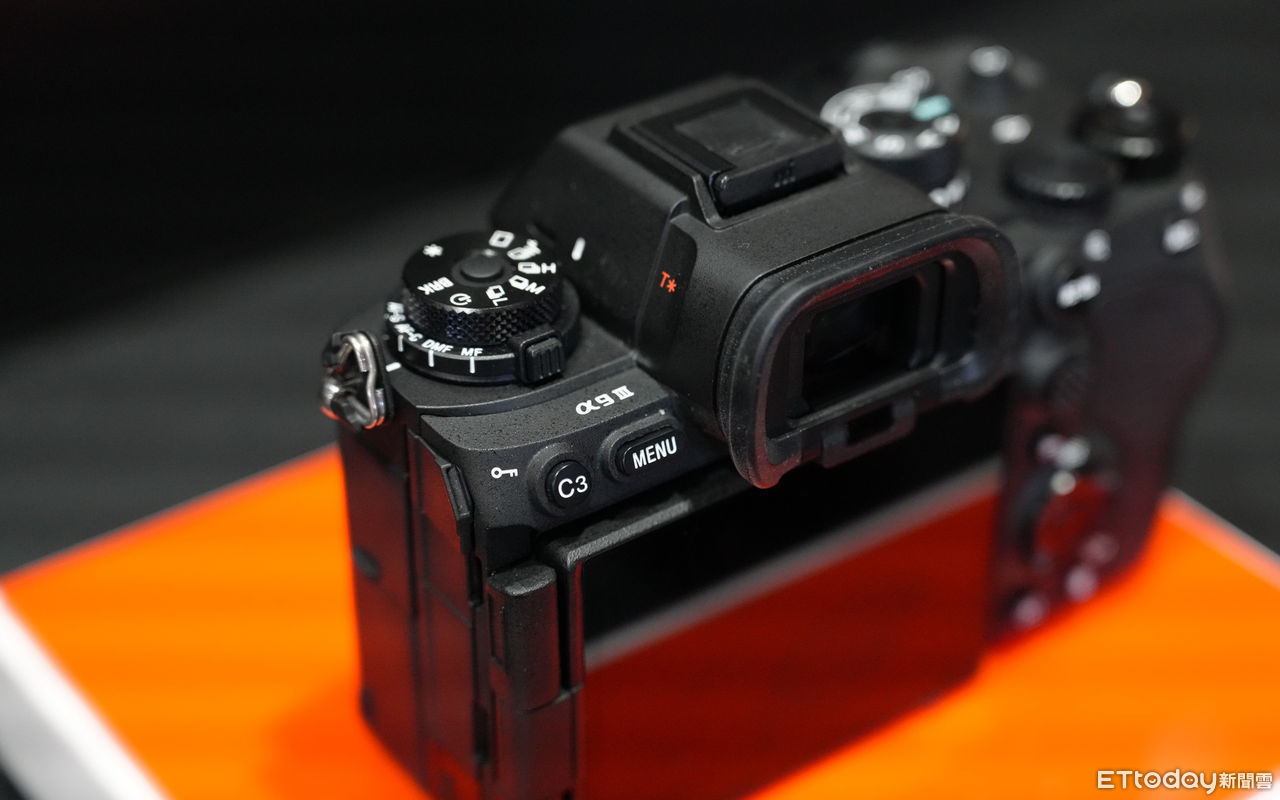
▲ 機身左上方和 a1 系列一樣多了操作旋鈕,且為雙層設計。(圖/記者樓菀玲攝)

▲ 卡槽方面採用專業使用者必備的雙卡設計。(圖/記者樓菀玲攝)

▲ a9 III 專屬的垂直握把 VG-C5。(圖/記者樓菀玲攝)
a9 III 實戰測試
以今天在體驗會的幾個拍攝情境區作為實測範例,記者先後在水球和體操彩帶區進行高速連拍,前者請工作人員戳破水球,再藉由相機本身的高速快門和預拍功能,可以精準捕捉到水球被戳破之後,裡面的水份宛如被凍結的瞬間,整個水球破掉的過程拍得清清楚楚。
其二是在體操彩帶區請專業選手現場揮舞彩帶,搭配
sony收購sony 自家 FE 35mm f1.8 GM 鏡頭,藉由 GM 定焦的頂尖畫面搭配 a9 III 高速快門,選手揮動彩帶的瞬間同樣如實被相機捕捉,不僅畫面銳利,同時也能拍到非常動態感的畫面。

▲ a9 III 主打高速連拍功能。(圖/記者樓菀玲攝)

▲ a9 III 搭配 70-200mm f2.8 GM OSS II,f8.0、1/8000、ISO 4000。(圖/記者樓菀玲攝)
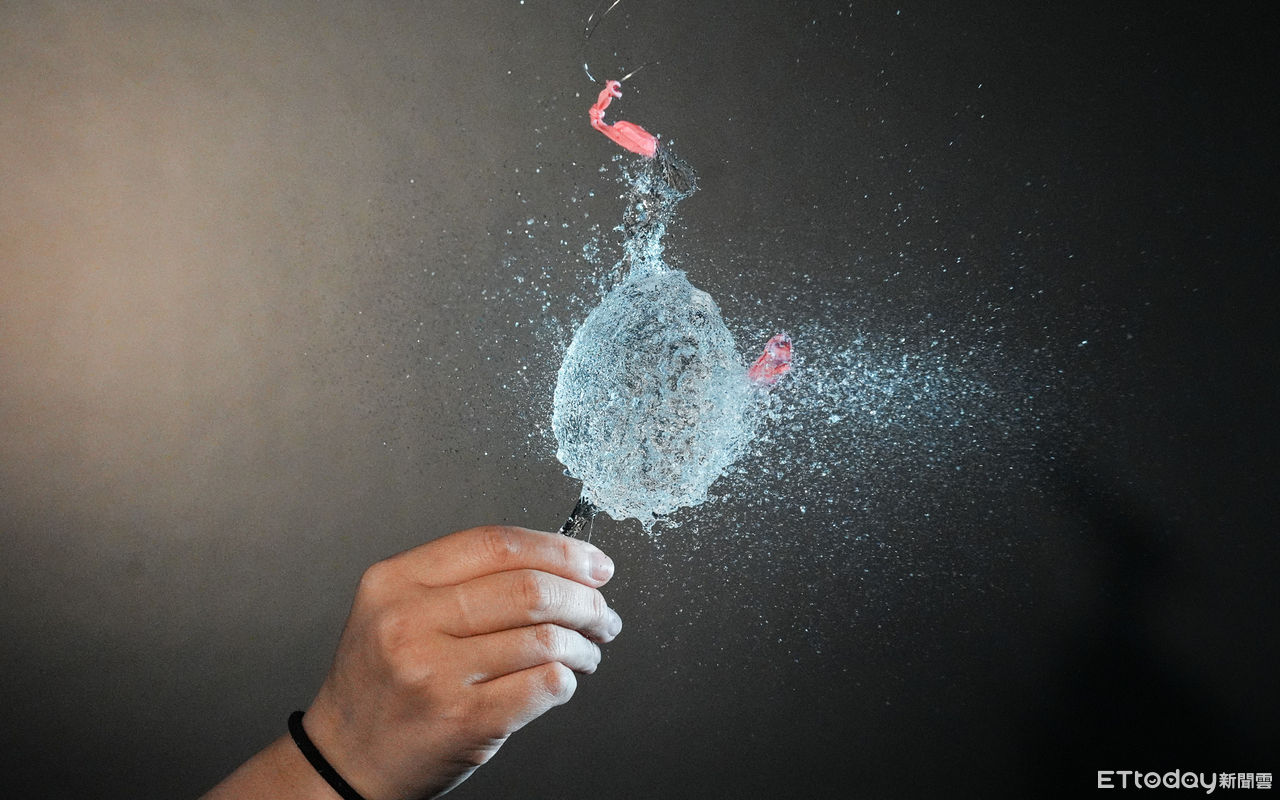
▲ a9 III 搭配 70-200mm f2.8 GM OSS II,f8.0、1/8000、ISO 4000。(圖/記者樓菀玲攝)
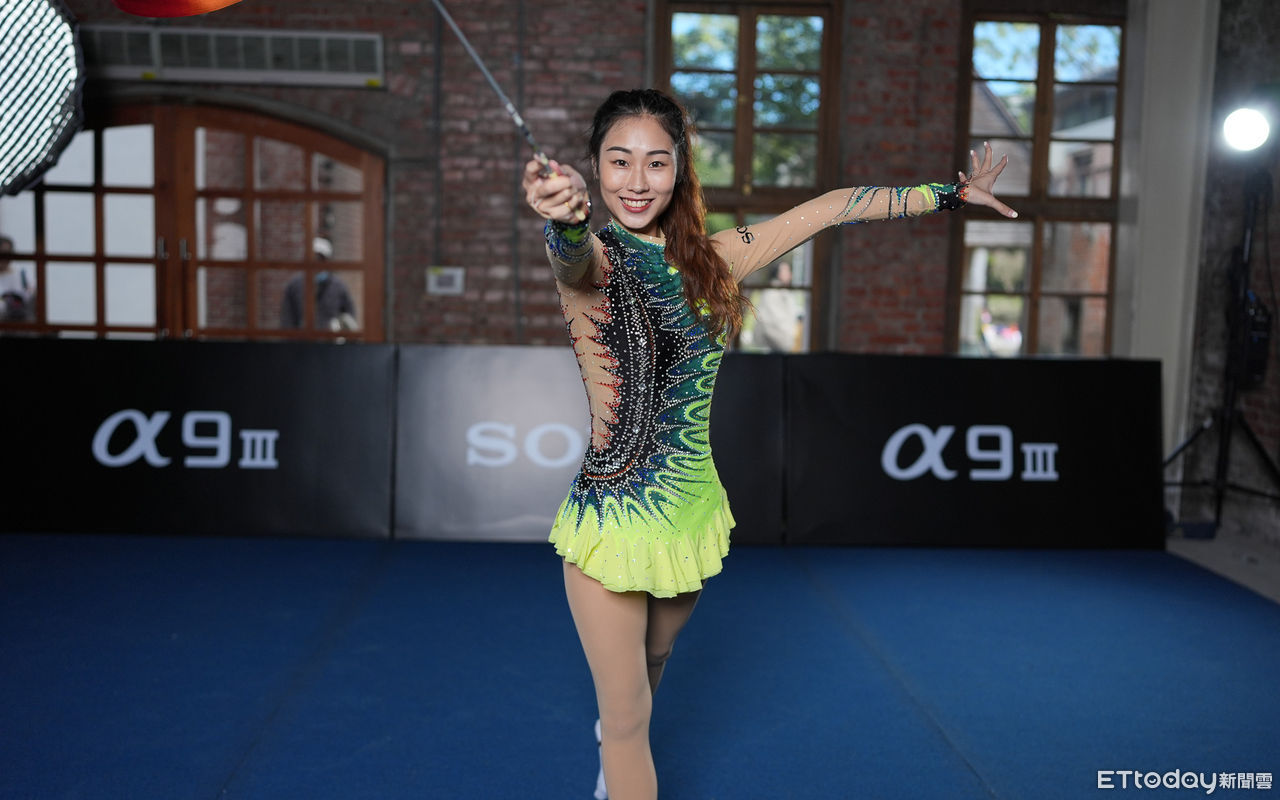
▲ a9 III 搭配 35mm f1.4 GM,f1.8、1/8000、ISO 400。(圖/記者樓菀玲攝)
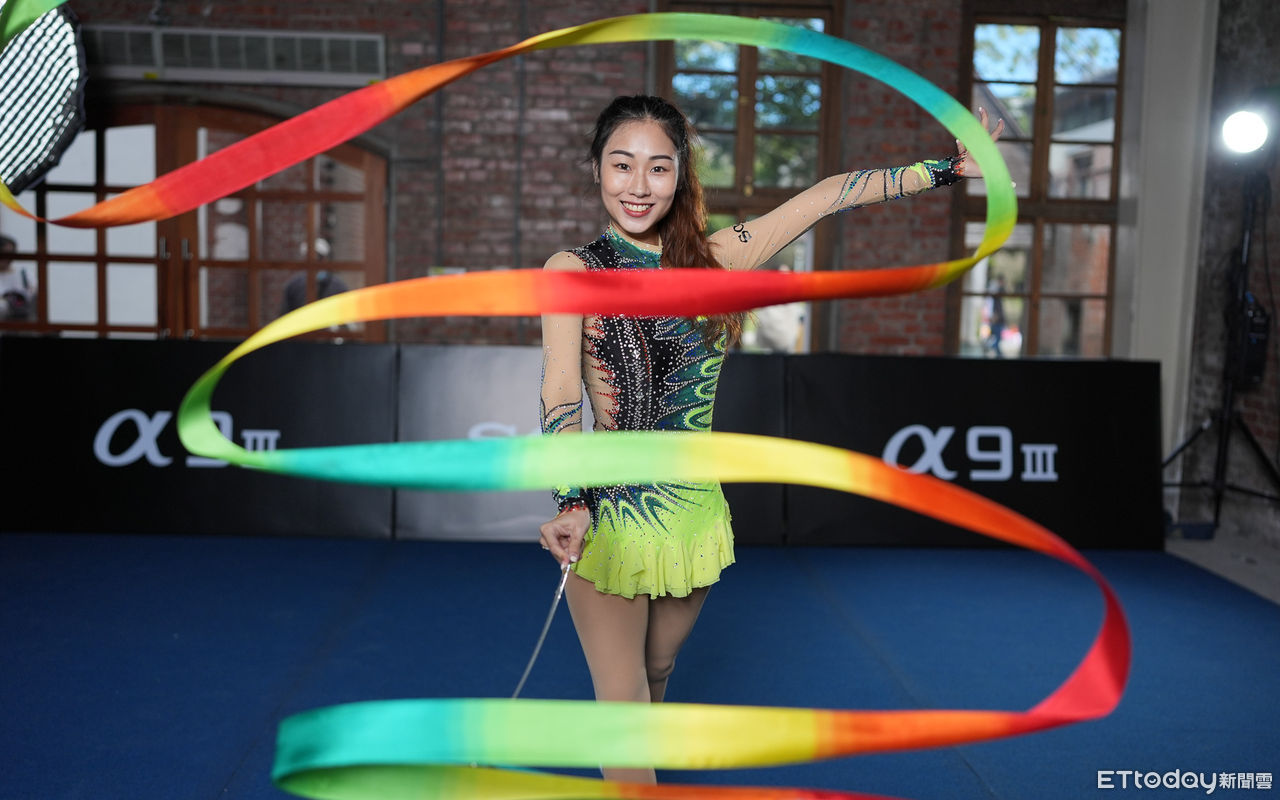
▲ a9 III 搭配 35mm f1.4 GM,f1.8、1/8000、ISO 400。(圖/記者樓菀玲攝)
現場除了 a9 III 本人之外,超望遠大光圈定焦鏡頭 FE 300mm F2.8 OSS GM 也同步登場,全新 E 接環全片幅鏡頭 FE 300mm F2.8 GM OSS 超望遠定焦鏡頭,承襲 GM系列一貫的極致畫質、柔美散景,融合多項最先進的光學技術。
重量僅約 1,470 克 ,為全球同級鏡頭中為最輕量化 的鏡身設計,擁有前所未有的便攜性和機動性;配備兩個 XD(極高動態)線性馬達,提供快速、精準、安靜低震動的自動對焦表現和可靠的追蹤功能。
集極致影像畫質、高效精確的對焦及出色靈活的操控之大成的 300mm F2.8 GM OSS,帶給運動、生態攝影或其他尋求完美捕捉決定性瞬間的專業攝影師們更卓越的影像拍攝體驗。
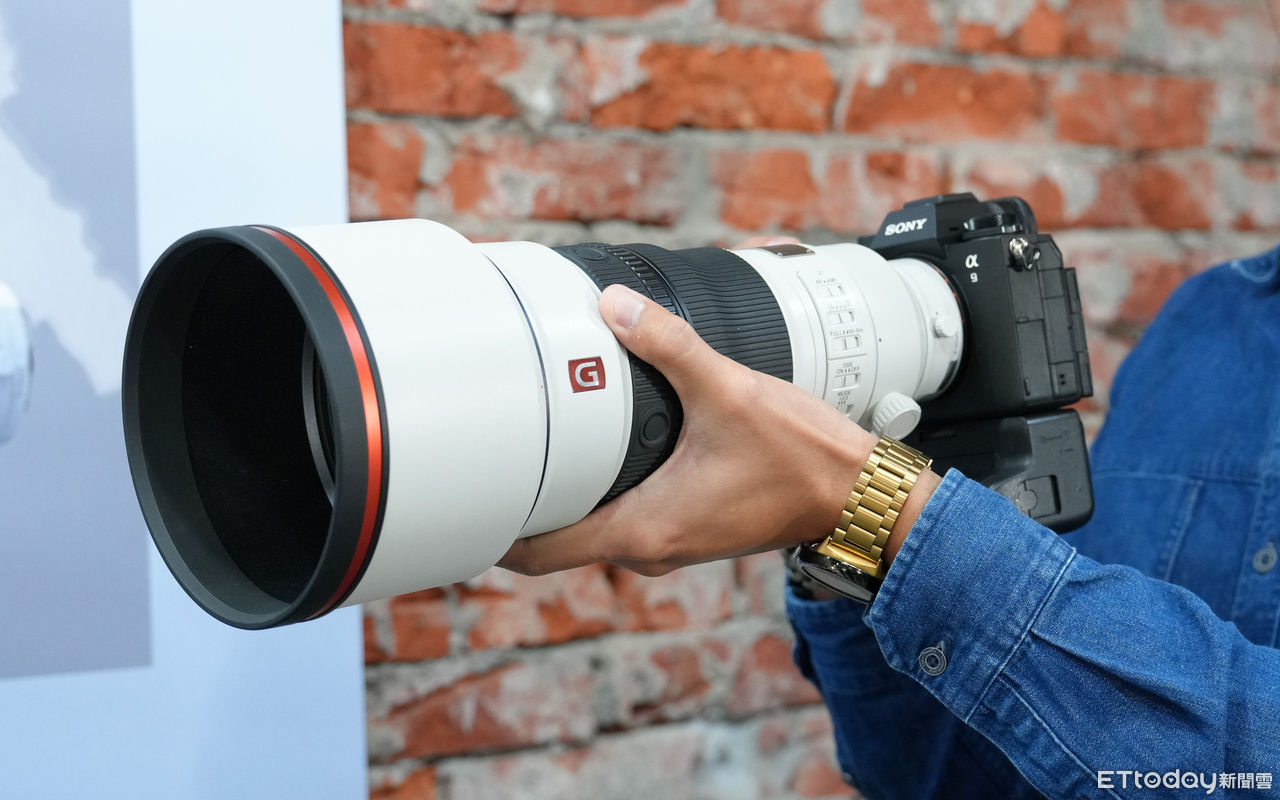
▲ 300mm F2.8 OSS GM 是 GM 系列第三顆高望遠定焦鏡頭。(圖/記者樓菀玲攝)
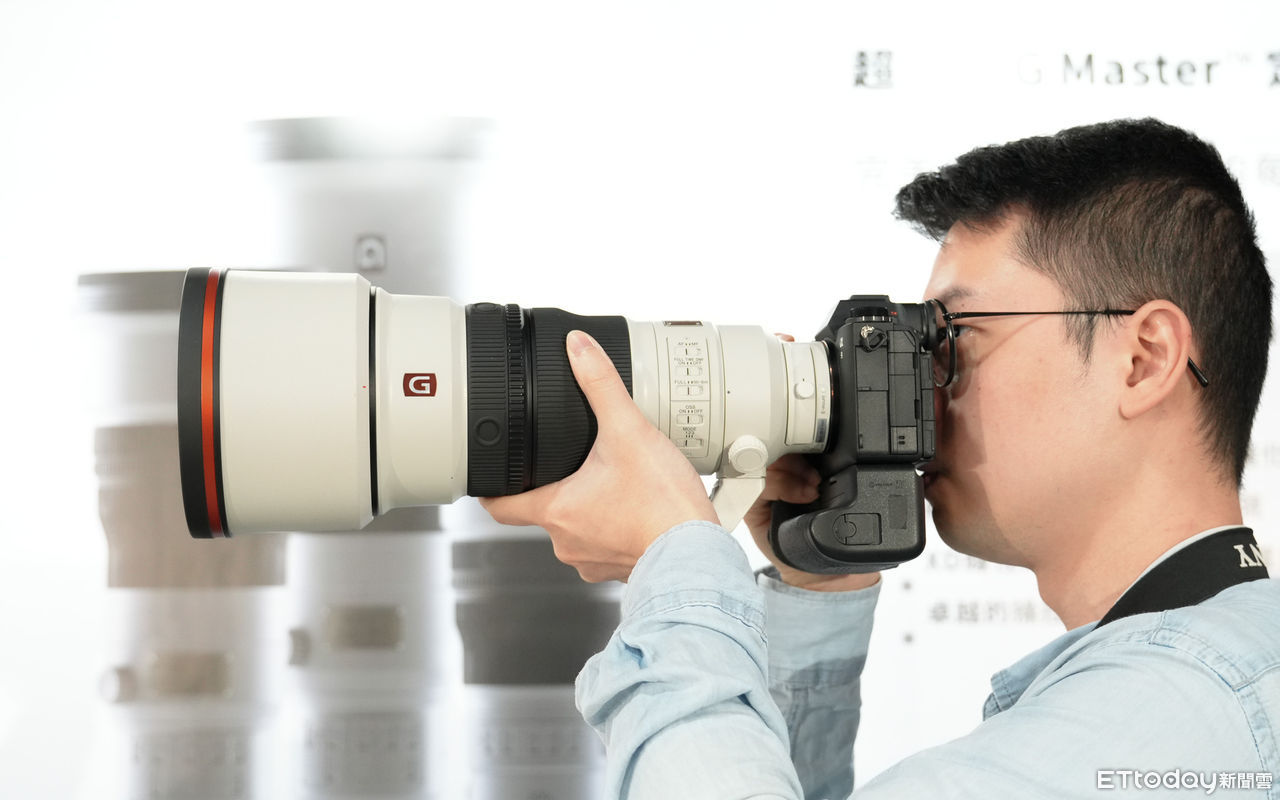
▲ a9 III 搭配 300mm F2.8 OSS GM。(圖/記者樓菀玲攝)
sony收購
sony收購
:format(webp)/cdn.vox-cdn.com/uploads/chorus_asset/file/16288012/xboxplaystation.jpg)